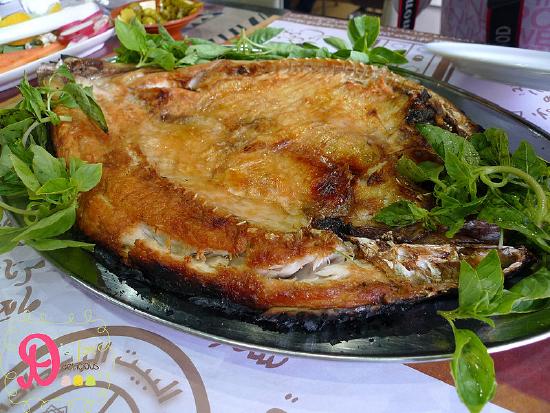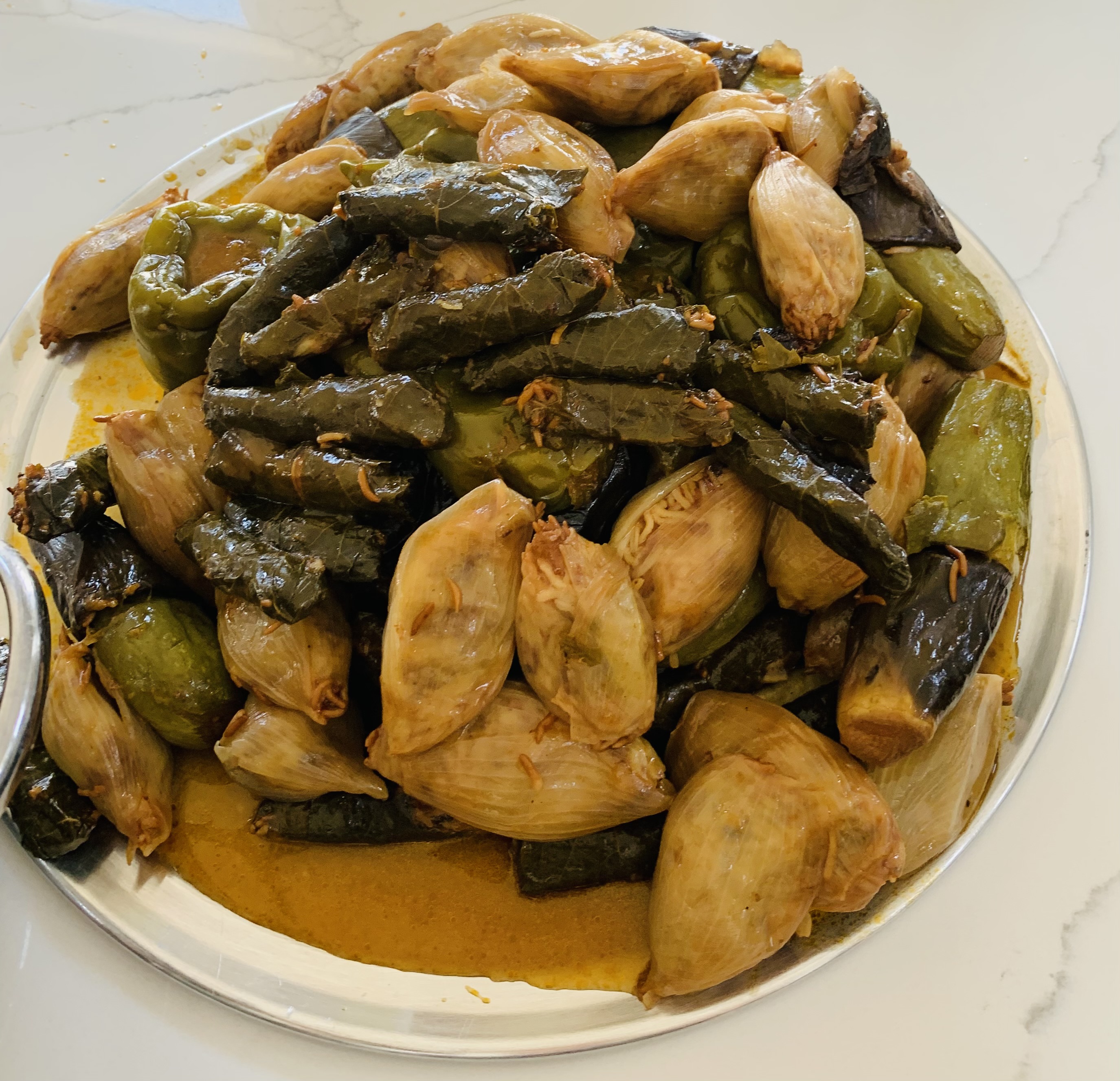3.5: Culture
- Page ID
- 151322
\( \newcommand{\vecs}[1]{\overset { \scriptstyle \rightharpoonup} {\mathbf{#1}} } \)
\( \newcommand{\vecd}[1]{\overset{-\!-\!\rightharpoonup}{\vphantom{a}\smash {#1}}} \)
\( \newcommand{\dsum}{\displaystyle\sum\limits} \)
\( \newcommand{\dint}{\displaystyle\int\limits} \)
\( \newcommand{\dlim}{\displaystyle\lim\limits} \)
\( \newcommand{\id}{\mathrm{id}}\) \( \newcommand{\Span}{\mathrm{span}}\)
( \newcommand{\kernel}{\mathrm{null}\,}\) \( \newcommand{\range}{\mathrm{range}\,}\)
\( \newcommand{\RealPart}{\mathrm{Re}}\) \( \newcommand{\ImaginaryPart}{\mathrm{Im}}\)
\( \newcommand{\Argument}{\mathrm{Arg}}\) \( \newcommand{\norm}[1]{\| #1 \|}\)
\( \newcommand{\inner}[2]{\langle #1, #2 \rangle}\)
\( \newcommand{\Span}{\mathrm{span}}\)
\( \newcommand{\id}{\mathrm{id}}\)
\( \newcommand{\Span}{\mathrm{span}}\)
\( \newcommand{\kernel}{\mathrm{null}\,}\)
\( \newcommand{\range}{\mathrm{range}\,}\)
\( \newcommand{\RealPart}{\mathrm{Re}}\)
\( \newcommand{\ImaginaryPart}{\mathrm{Im}}\)
\( \newcommand{\Argument}{\mathrm{Arg}}\)
\( \newcommand{\norm}[1]{\| #1 \|}\)
\( \newcommand{\inner}[2]{\langle #1, #2 \rangle}\)
\( \newcommand{\Span}{\mathrm{span}}\) \( \newcommand{\AA}{\unicode[.8,0]{x212B}}\)
\( \newcommand{\vectorA}[1]{\vec{#1}} % arrow\)
\( \newcommand{\vectorAt}[1]{\vec{\text{#1}}} % arrow\)
\( \newcommand{\vectorB}[1]{\overset { \scriptstyle \rightharpoonup} {\mathbf{#1}} } \)
\( \newcommand{\vectorC}[1]{\textbf{#1}} \)
\( \newcommand{\vectorD}[1]{\overrightarrow{#1}} \)
\( \newcommand{\vectorDt}[1]{\overrightarrow{\text{#1}}} \)
\( \newcommand{\vectE}[1]{\overset{-\!-\!\rightharpoonup}{\vphantom{a}\smash{\mathbf {#1}}}} \)
\( \newcommand{\vecs}[1]{\overset { \scriptstyle \rightharpoonup} {\mathbf{#1}} } \)
\( \newcommand{\vecd}[1]{\overset{-\!-\!\rightharpoonup}{\vphantom{a}\smash {#1}}} \)
\(\newcommand{\avec}{\mathbf a}\) \(\newcommand{\bvec}{\mathbf b}\) \(\newcommand{\cvec}{\mathbf c}\) \(\newcommand{\dvec}{\mathbf d}\) \(\newcommand{\dtil}{\widetilde{\mathbf d}}\) \(\newcommand{\evec}{\mathbf e}\) \(\newcommand{\fvec}{\mathbf f}\) \(\newcommand{\nvec}{\mathbf n}\) \(\newcommand{\pvec}{\mathbf p}\) \(\newcommand{\qvec}{\mathbf q}\) \(\newcommand{\svec}{\mathbf s}\) \(\newcommand{\tvec}{\mathbf t}\) \(\newcommand{\uvec}{\mathbf u}\) \(\newcommand{\vvec}{\mathbf v}\) \(\newcommand{\wvec}{\mathbf w}\) \(\newcommand{\xvec}{\mathbf x}\) \(\newcommand{\yvec}{\mathbf y}\) \(\newcommand{\zvec}{\mathbf z}\) \(\newcommand{\rvec}{\mathbf r}\) \(\newcommand{\mvec}{\mathbf m}\) \(\newcommand{\zerovec}{\mathbf 0}\) \(\newcommand{\onevec}{\mathbf 1}\) \(\newcommand{\real}{\mathbb R}\) \(\newcommand{\twovec}[2]{\left[\begin{array}{r}#1 \\ #2 \end{array}\right]}\) \(\newcommand{\ctwovec}[2]{\left[\begin{array}{c}#1 \\ #2 \end{array}\right]}\) \(\newcommand{\threevec}[3]{\left[\begin{array}{r}#1 \\ #2 \\ #3 \end{array}\right]}\) \(\newcommand{\cthreevec}[3]{\left[\begin{array}{c}#1 \\ #2 \\ #3 \end{array}\right]}\) \(\newcommand{\fourvec}[4]{\left[\begin{array}{r}#1 \\ #2 \\ #3 \\ #4 \end{array}\right]}\) \(\newcommand{\cfourvec}[4]{\left[\begin{array}{c}#1 \\ #2 \\ #3 \\ #4 \end{array}\right]}\) \(\newcommand{\fivevec}[5]{\left[\begin{array}{r}#1 \\ #2 \\ #3 \\ #4 \\ #5 \\ \end{array}\right]}\) \(\newcommand{\cfivevec}[5]{\left[\begin{array}{c}#1 \\ #2 \\ #3 \\ #4 \\ #5 \\ \end{array}\right]}\) \(\newcommand{\mattwo}[4]{\left[\begin{array}{rr}#1 \amp #2 \\ #3 \amp #4 \\ \end{array}\right]}\) \(\newcommand{\laspan}[1]{\text{Span}\{#1\}}\) \(\newcommand{\bcal}{\cal B}\) \(\newcommand{\ccal}{\cal C}\) \(\newcommand{\scal}{\cal S}\) \(\newcommand{\wcal}{\cal W}\) \(\newcommand{\ecal}{\cal E}\) \(\newcommand{\coords}[2]{\left\{#1\right\}_{#2}}\) \(\newcommand{\gray}[1]{\color{gray}{#1}}\) \(\newcommand{\lgray}[1]{\color{lightgray}{#1}}\) \(\newcommand{\rank}{\operatorname{rank}}\) \(\newcommand{\row}{\text{Row}}\) \(\newcommand{\col}{\text{Col}}\) \(\renewcommand{\row}{\text{Row}}\) \(\newcommand{\nul}{\text{Nul}}\) \(\newcommand{\var}{\text{Var}}\) \(\newcommand{\corr}{\text{corr}}\) \(\newcommand{\len}[1]{\left|#1\right|}\) \(\newcommand{\bbar}{\overline{\bvec}}\) \(\newcommand{\bhat}{\widehat{\bvec}}\) \(\newcommand{\bperp}{\bvec^\perp}\) \(\newcommand{\xhat}{\widehat{\xvec}}\) \(\newcommand{\vhat}{\widehat{\vvec}}\) \(\newcommand{\uhat}{\widehat{\uvec}}\) \(\newcommand{\what}{\widehat{\wvec}}\) \(\newcommand{\Sighat}{\widehat{\Sigma}}\) \(\newcommand{\lt}{<}\) \(\newcommand{\gt}{>}\) \(\newcommand{\amp}{&}\) \(\definecolor{fillinmathshade}{gray}{0.9}\)In this section, you will:
- Learn about Iraq, its Geographical location, famous cities, its most famous artifacts, and its traditional food and clothes.
Iraq
- Official Name: Republic of Iraq - جمهورية العراق
- Capital: Baghdad - بغداد
- Population: 42,100,744 - (2022)
- Currency: The dinar
- Continent: Asia
- Official Lagrange: Modern Standard Arabic -اللغة العربية الفصحى الحديثة
Watch this movie about Iraq and learn about ancient Mesopotamia.
Geographical location and flag
Iraq is located in Western Asia. It is bordered by Turkey to the north, Saudi Arabia to the south, Iran to the east, the Arabian Gulf, Kuwait to the southeast, Syria to the west, and Jordan to the southwest. The climate of Iraq has mild winters and hot summers. The country's mountainous regions, however, have very cold winters and mild summers.
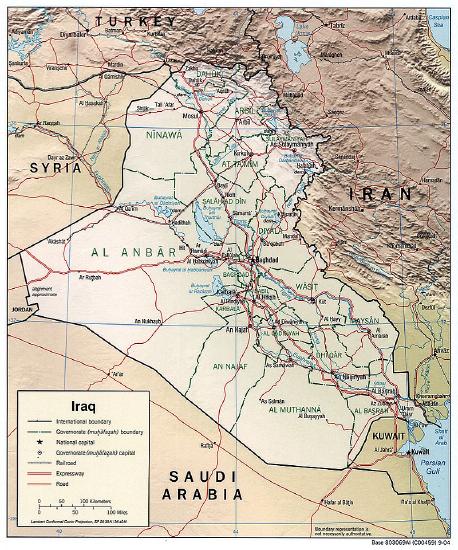
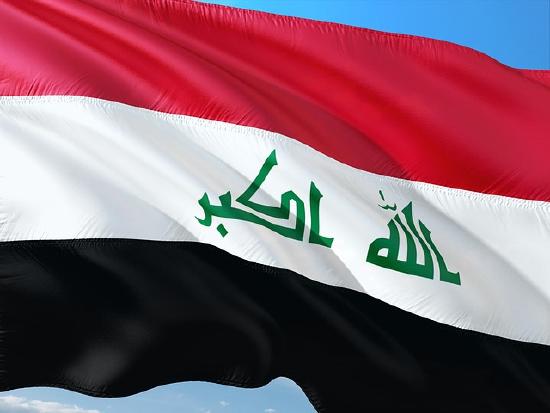
Most Famous Historical Places in Iraq
Iraq is known as Mesopotamia because its land lies between the Tigris and Euphrates rivers. It is considered one of the most prominent countries rich in natural resources, so ancient civilizations flourished in that region to become home to the oldest civilizations in the world. Today, Iraq is famous for its ancient history and its archeological sites, which were established thousands of years BC. One of the most famous archeological places in Iraq are: Ziggurat of Ur زقورة أور , Babylon بابل , Samarra ملوية سامراء , Hatra الحضر, Taq Kasra طاق كسرى , Rabban Hormizd Monastery دير الربان هرمزد , Erbil Citadel قلعة أربيل. Watch the videos of the three historical and ancient places in Iraq.
| Historical Place | Video |
|---|---|
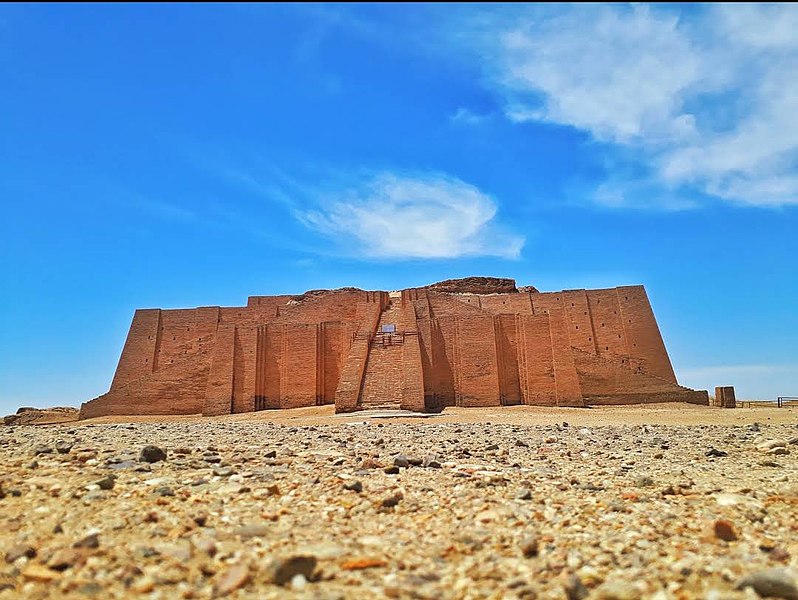
|
|
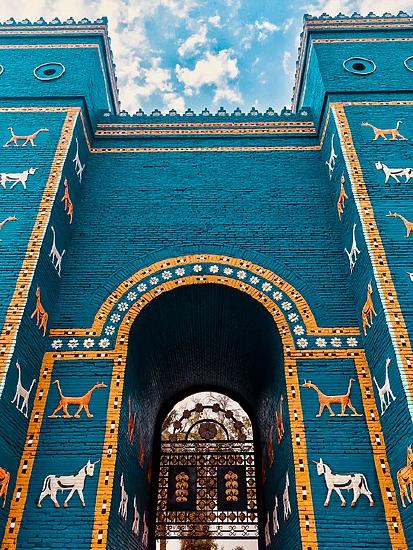
|
|
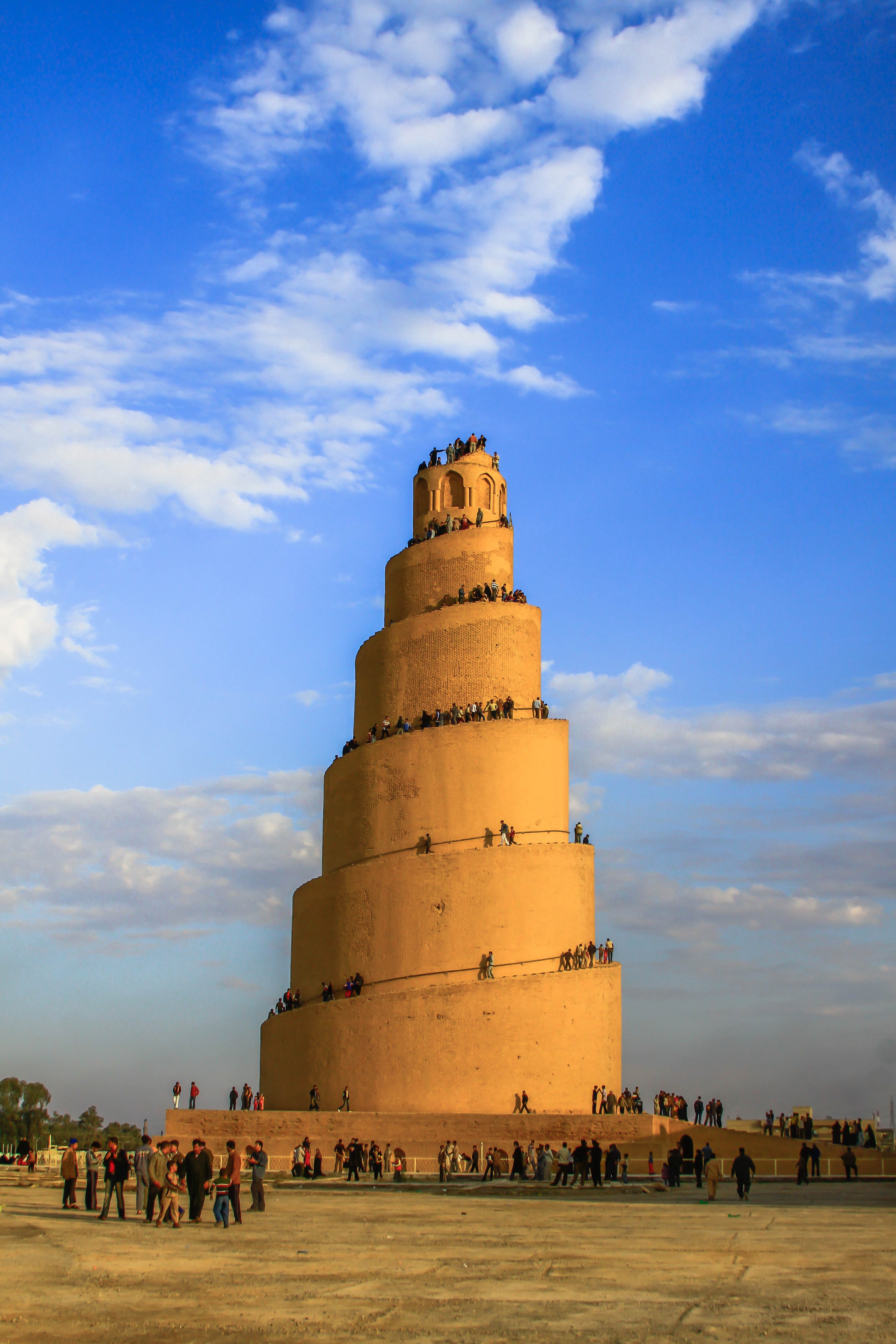
|
Famous Cities in Iraq
Iraq is divided into 18 governorates, and these governorates are divided into districts, and the number of districts is 120, and this district divided into other, less important divisions called nahiyas. Baghdad is the capital of Iraq and the most populous. The most famous cities in Iraq after Baghdad are Mosul, Basra, Babylon, Erbil, Duhok, Sulaymaniyah, Karbala, Kirkuk, and Najaf.
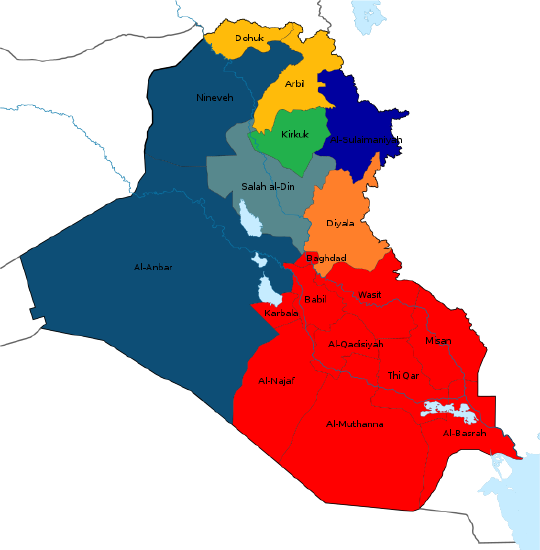
| City Name | Image | Details |
|---|---|---|
|
Baghdad / بغداد |
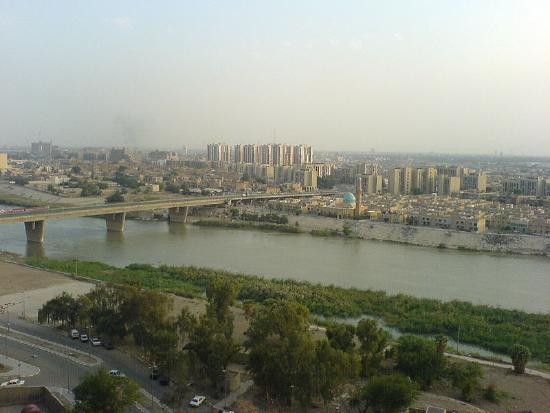
|
Baghdad is a city on a somewhat flat land. It is the largest city in Iraq and is the second-largest city in the Arab world after Cairo, and also the second-largest city in West Asia after Tehran. Baghdad is located along the Tigris River, and is the intellectual, cultural, and commercial center. |
|
Basra / بصرة |
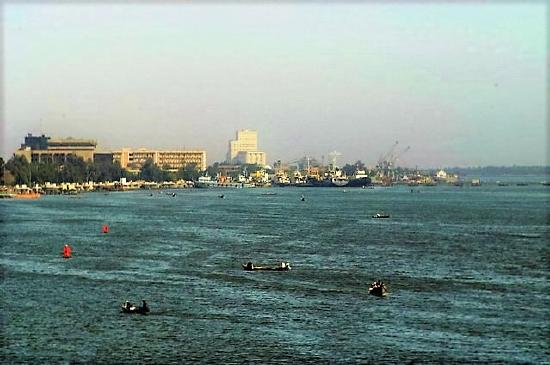
|
Basra is located near the border between Iraq and Kuwait, and along the Shatt al-Arab River, it is the second-largest city in Iraq, and is the main port in Iraq. The main agricultural area produces corn, rice, wheat, and dates, with livestock. |
|
Mosul / الموصل |
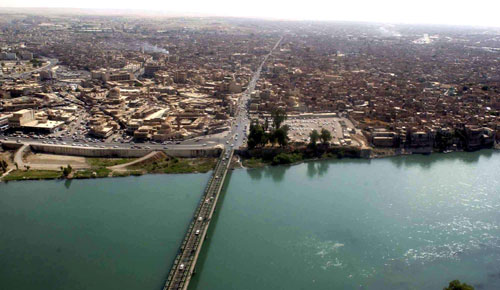
|
One of the most important cities in Iraq is located on the western bank of the Tigris River. It is the second largest city in Iraq in terms of population and area after the capital Baghdad. It has a large number of Christians. Mosul is located on the trade routes, and Mosul is a center for regional and international trade. It is famous for exporting grain, manufacturing cotton threads, weaving, and trading in sheepskin and wool. |
|
Erbil / أربيل |
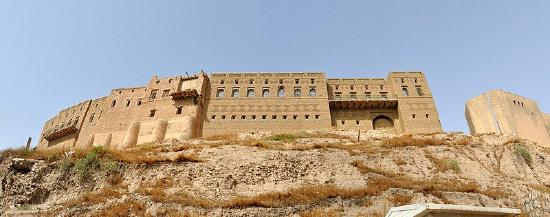
|
Erbil is one of the oldest continuously inhabited cities in the world. The Kurds are currently the largest ethnic group in the city. In the center of the city is the Erbil Citadel, an ancient fortress dating back to 2000 BC. Erbil is famous for its modern centers and archaeological sites. |
Traditional Iraqi Food and Clothes
Food
Iraqi cuisine is considered one of the famous, rich and upscale kitchens. Iraqis appreciate their kitchen very much. They use expensive meat in their meals from sheep, beef, chicken, and fish. The most common foods in Iraq are: Masgouf (pronounced mezguuf), is a national Iraq dish, Fresh carp marinated on skewers and cooked over charcoal in an outdoor grill. Kebab, which is grilled meat on skewers.. Kebab, which is grilled meat on a stick or on a flat metal like a ruler. Biryani, cooked rice with spices, meat (sheep, beef, or chicken) sometimes they mix meats together, vegetables and grilled nuts. Dolma, spiced rice with meat (sheep or beef) wrapped “stuffed” in grape leaves. Falafel, It is a deep-fried ball made from ground chickpeas served wrapped in a flatbread called pita or samoon with salads, pickled vegetables, mango sauce or tahini sauces. Shawarma, traditionally made with lamb meat cut into thin slices seasoned, stacked in a cone-like shape, and roasted on a slowly-turning vertical rotisserie. served wrapped with pita bread or samoon with salads, pickled vegetables, and tahini sauces Etc. Watch the video.
| Name of the food in Arabic | Image |
|---|---|
|
سمك مسكوف |
|
|
دولمة |
Dolma |
|
برياني |
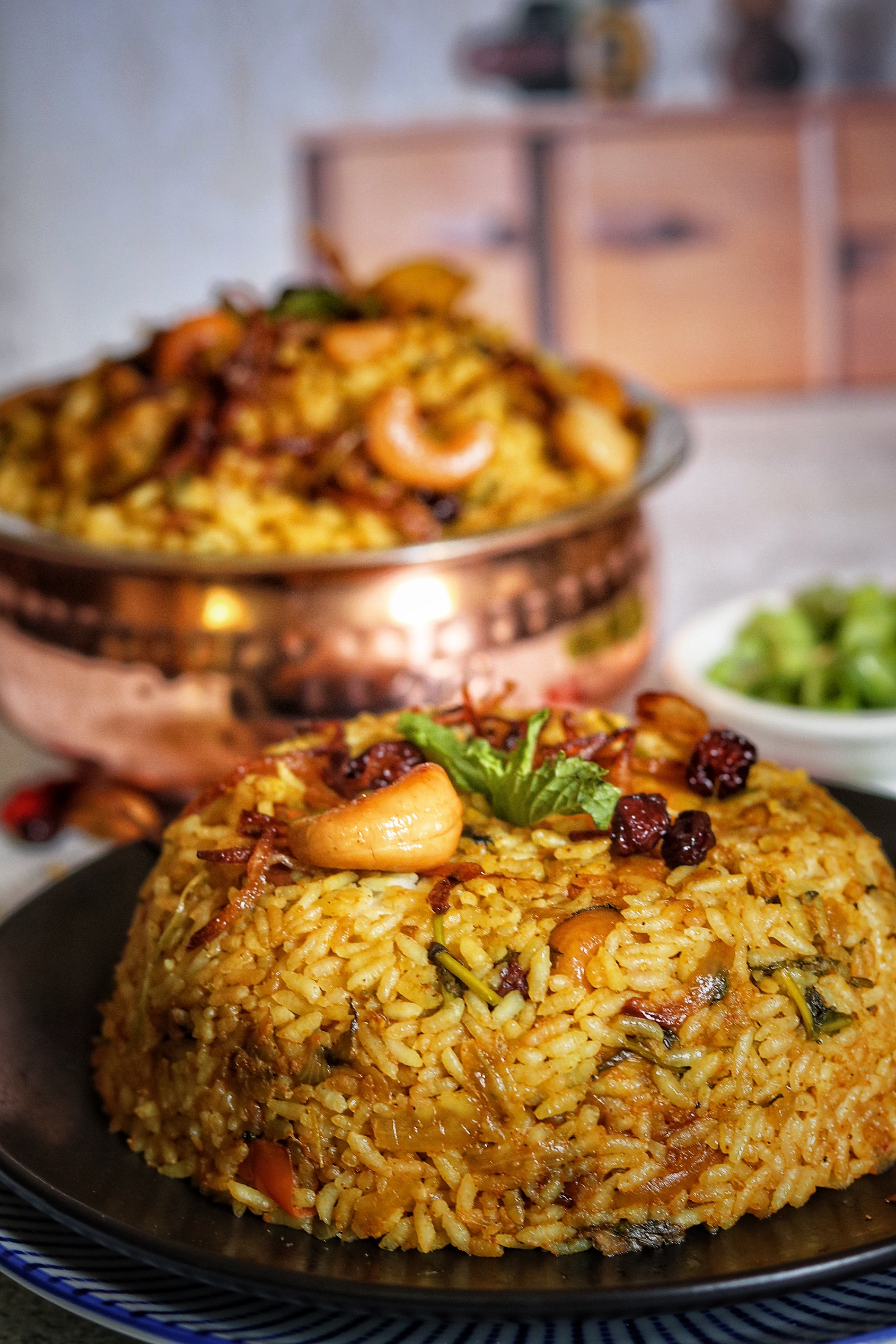
|
|
كباب |
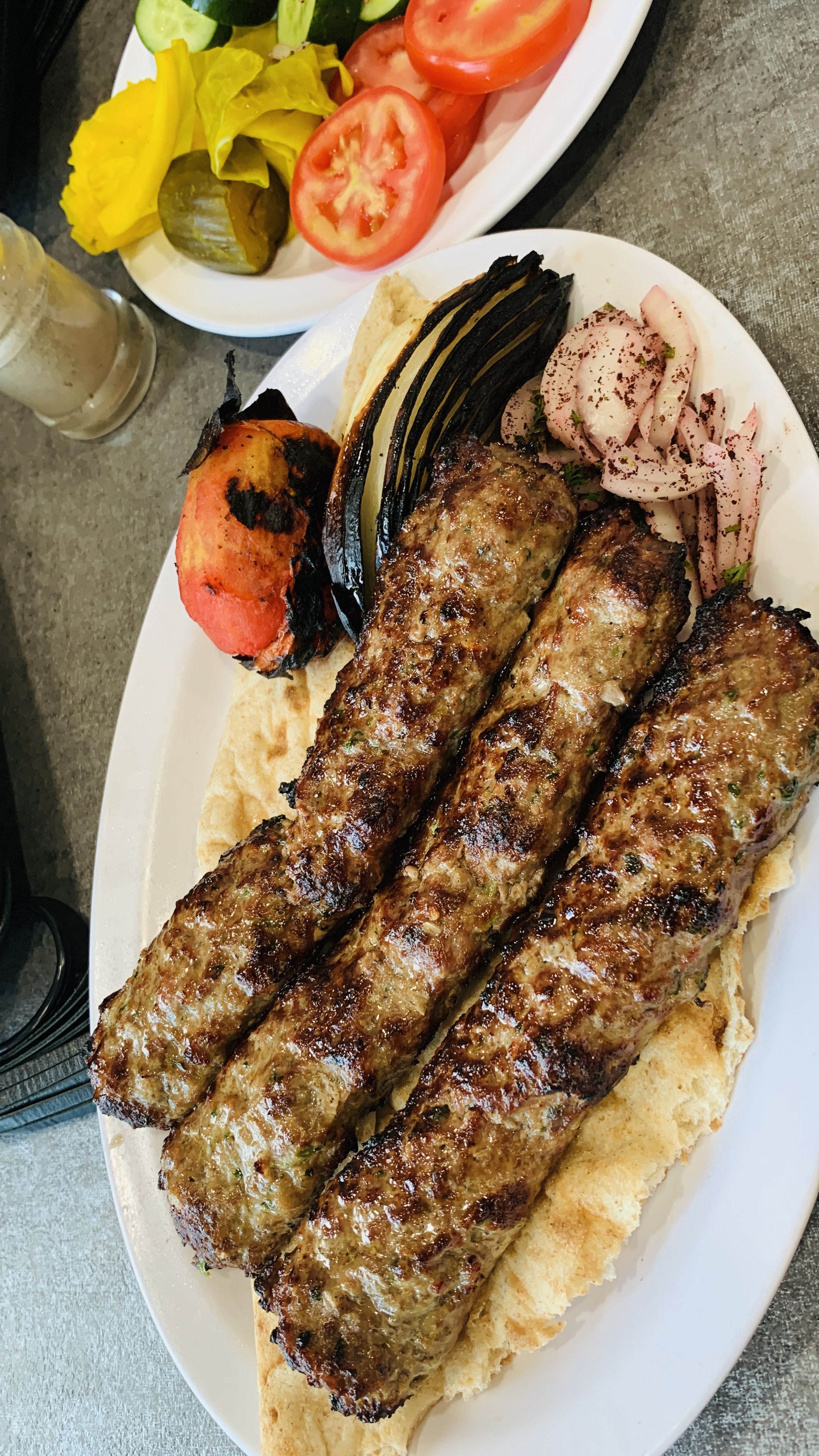
|
|
فلافل |
|
Clothes
Iraq is one of the most multicultural societies in the Middle East. A broad diversity of religions, races, and cultures flourished in Iraq, united by common heritage, culture, and traditions. As for the traditional costumes, they vary according to race and religion. There are Arab, Assyrian, Kurdish, Armenian, Sabean, Yezidi, Turkmen, etc. costumes. Traditional costumes still exist to this day, and costumes in Iraqi society vary according to occasions. Holidays have a certain costume, religious rites have a certain costume, and ordinary days have another.
Arab dress. Sumerian roots
It consists of an abaya that a man wears over the dishdasha (the dishdasha is an ankle-length robe, with long sleeves and without embroidery). The abaya is usually embroidered with golden threads or colors that differ from the color of the abaya. As for the elderly women, they wear the black abaya on a long dress of one dark color most of the time, and for young women, they wear the Hashemite uniform in bright colors.
Christian fashion
It reflects the depth of their history in Mesopotamia and its origins from Babylon and Assyria The Syriac and Assyrian costume is characterized by simplicity in design and strong colors in which geometric shapes, flowers, or stars are inserted, and it is called the ornamental costume. Same thing with women costumes, they are colorful costumes with many pieces of accessories similar to the accessories that were worn by queens in Mesopotamia.
Kurdish fashion
It reflects the nature of the mountains and hills and has its own cultural and social features The Kurdish men's costume consists of two pieces and one color: the jacket and the trousers, and they are loose, and a cloth wrapped around the middle as a belt, and a head is covering with a cloth that is wrapped around over head. As for women’s fashion, it is characterized by its luster, luster and stark colors. It is a long dishdasha that covers mostly the soles of the feet and is embroidered and has long sleeves linked to two long conical tails and wears a thin and silky undershirt under it.
Activities
You plan to travel with your family to Mesopotamia (Iraq) during summer break. Use Google Earth to show your family the famous cities, and historical landmarks that you would like to visit.


